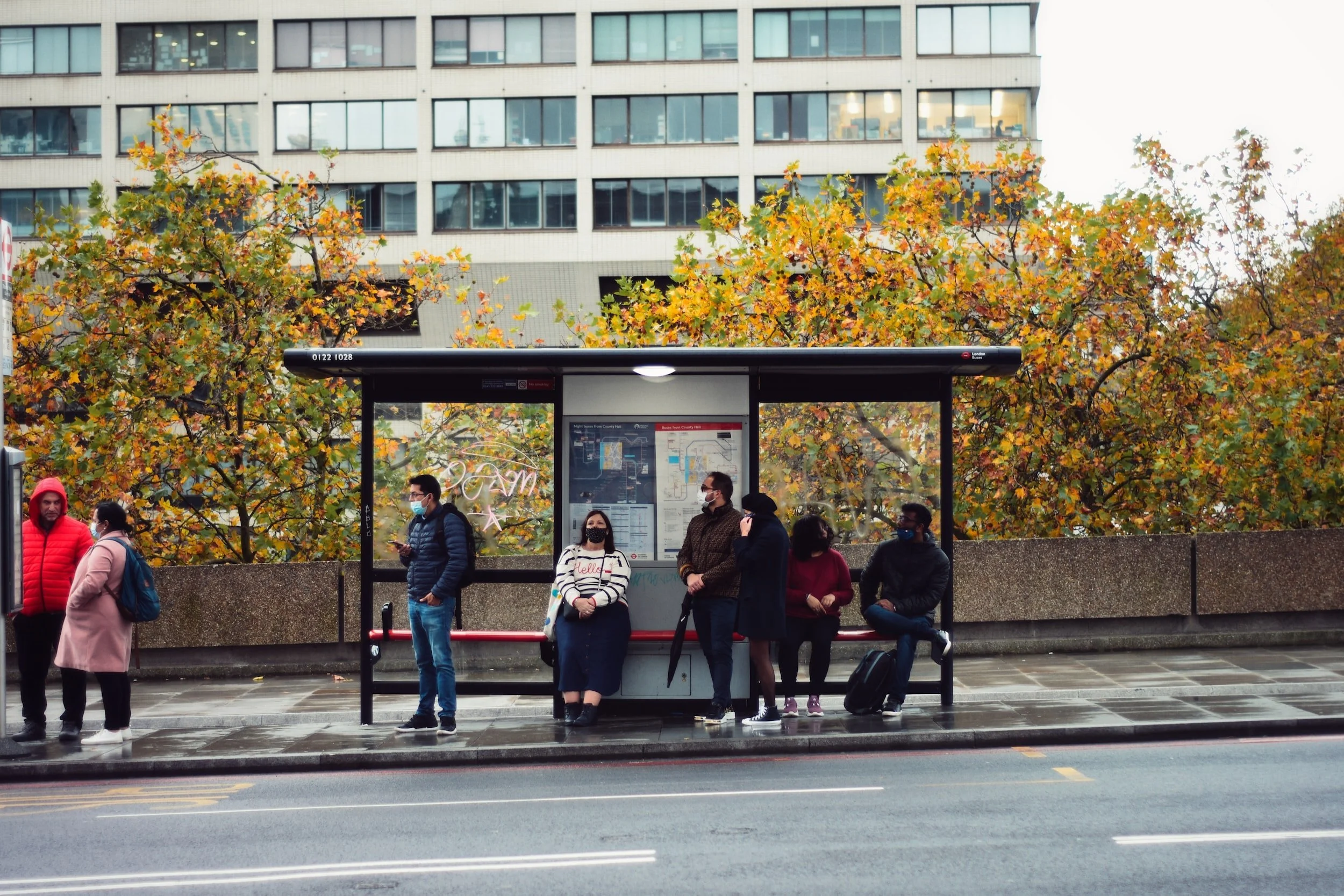As the housing crisis worsens, cities experiment with eviction prevention strategies
As the housing crisis worsens, cities experiment with eviction prevention strategies
By Roshan Abraham, Prism Reports, August 19, 2022
photos usable. word count: 1599
America’s worsening housing crisis has touched every part of the country in recent years. The pandemic ushered in a brief reprieve for many renters through federal relief and eviction moratoria, which reduced evictions nationwide compared to pre-pandemic levels. But with federal funds dwindling and national and local eviction moratoria ending, many jurisdictions are seeing evictions spike to pre-pandemic levels.
Median rents in Manhattan were at an all-time high of $4,150 in July. San Francisco, Miami, and Washington, D.C., are also seeing unprecedented rent hikes. Rents aren’t just skyrocketing in big coastal cities but across the country: A study found Boise, Idaho, is the least affordable housing market in the U.S., with rents 72% above what’s considered affordable for a median-income family.
Evictions and the threat of eviction disproportionately impact Black and Latinx renters: A poll from NPR, the Robert Wood Johnson Foundation, and the Harvard T.H. Chan School of Public Health found that evictions had returned to pre-pandemic levels. Three percent of Black renters said they had been evicted in the past year, and 13% had been threatened with eviction—almost double the percentage of white renters. Among Latinx renters, 2% had been evicted, and 8% had been threatened with eviction.
Though much of the pandemic safety net is evaporating, there is some good news for renters: Cities have used the past two years to experiment with eviction prevention strategies, and housing advocates have spent the past few years mapping out what a sustainable, life-enriching housing system could look like. The result is pockets of hard-won victories that could shape low-income and working people’s lives years to come.
Some cities found ways to make their emergency rental funds permanent through local taxes. And tenants fought hard for big wins like “good cause” eviction protection and rent control that could spread further across the country.
“I think many cities are recognizing that we really are not going to be able to build our way out of the housing crisis, and that even if we did have a unit for every household, it would not guarantee that renters of color and low-income renters will be able to access that housing and would be able to have housing stability,” said Rasheedah Phillips, a former housing attorney and director of housing at PolicyLink.
According to the National Low-Income Housing Coalition, 29 states, Washington, D.C., and Puerto Rico have passed new tenant protections since January 2021.
The federal Emergency Rental Assistance program allowed for local programs to cover rent and utilities, but the assistance was temporary, and funds are nearly tapped out. However, some jurisdictions have found ways to emulate it with local funds. Jess Wunsch, the peer cities manager for the Human Solutions Lab at NYU’s Furman Center, points to cities like Boulder, Colorado, that are working to implement permanent eviction prevention programs.
“Boulder’s program is a standout. They developed a whole new system for the city,” Wunsch said.
Boulder’s Eviction Prevention and Rental Assistance Services program is funded through a landlord tax of $75 per dwelling unit with a rental license—a fee for renting a unit out long term. The program disbursed tenants $168,536 in financial aid in its first year of operation. It also provides pro bono legal services and established a landlord-tenant mediation service. As a result, there was a 26% increase in the percentage of prevented evictions in the program’s first year.
One of the burgeoning tenant movements of the past few years has been the push for “good cause” (also called “just cause”) eviction protections. These laws prevent landlords from evicting tenants or refusing to renew a lease without reason and typically limit evictions to circumstances where a tenant is behind on rent or causing a nuisance. (This seems like a low bar, but tenants in apartments with month-to-month agreements can be evicted at any time.)
Seven cities have passed good cause laws since 2021, including five in New York: Albany, Beacon, Kingston, Newburgh, and Poughkeepsie. Of those New York cities, all but Beacon also protect tenants from eviction due to exorbitant rent hikes. Baltimore passed good cause protections for lease renewals, and in 2021 Washington became the most recent state to pass good cause law.
Portland, Oregon, took a slightly different approach: In 2017, the city passed a law requiring landlords to pay a tenant’s relocation fee if they issue a no-cause eviction, refuse to renew a lease, or increase rent by 10%. That law was upheld last year by the Oregon Supreme Court, so it is likely here to stay.
And in the past few years, more cities are getting on board with rent control. New York state passed a 2019 law that allowed its upstate cities to opt-in to rent control if they have a 5% rental housing vacancy or below. Previously, rent control laws only applied to New York City, Nassau, Rockland, and Westchester counties. In April, Kingston, New York, conducted a survey revealing a vacancy rate of 1.57%, and it voted to adopt rent control on July 28. The 1,200 units built before 1974, which are now covered by the law, will not see rent increases until a rent guidelines board is appointed.
The biggest rent control win of the past few years has been the Keep St. Paul Home campaign, which won a citywide rent control law passed through a ballot proposal in November. The law, which went into effect in May, limits rent increases to 3% a year for all residential units and makes no exceptions for new construction. While the law makes it easy for landlords to file for exemptions, advocates say most are staying within the bounds of the law.
Jasmine Rangel, a senior housing associate at PolicyLink, attributes the St. Paul success and others like it to the work of tenants.
“Those kinds of victories definitely wouldn’t have been possible without the work of tenants, tenant organizers, tenant advocates, and housing justice coalitions,” Rangel said.
One of the biggest lessons from the past few years is that tenants have a much higher chance of success in housing court if they have an attorney. Because evictions take place in civil court, tenants do not have the same legal right to an attorney as those constitutionally afforded to defendants in criminal court. In 2017, New York City passed the first “Right To Counsel” law in the country, providing attorneys to low-income tenants facing evictions. Prior to the program, only 1% of tenants in the city had an attorney in housing court, compared to 74% after the program was implemented. Nationally, fewer than 10% of tenants have an attorney during eviction proceedings, compared to 90% of landlords.
San Francisco, Boulder, Philadelphia, and Newark, New Jersey, have all passed Right To Counsel in subsequent years. Just since 2021, Detroit; Denver; Kansas City, Missouri; and Louisville, Kentucky, have added their names to that list, leveling the playing field for tenants on a scale unimaginable only a few years ago.
These policies are more effective when they’re paired with other reforms, including increased rental assistance and stopgaps in the eviction process. Philadelphia successfully piloted a tenant-landlord mediation process in 2020, which is mandatory before an eviction can be filed. Rather than just a policy to let landlords talk it out with tenants, it gives tenants crucial time and connections with other resources. Phillips, who helped administer the city’s eviction diversion program as a housing attorney, said the success of the program lies in its coordination with other resources as well as its mandatory nature. The program is funded through the end of 2022.
“Landlords were required to go through the program and have a waiting period before they were able to file for eviction. Without that pre-filing aspect, we would have seen evictions increase much quicker,” she said.
Similarly, laws in Washington, D.C.; Lexington, Kentucky; and Colorado have passed since 2021 that force landlords to wait longer before filing an eviction.
One underlying cause for the housing crisis is the federal government’s gradual disinvestment in affordable housing and public housing. Cities are turning to other sources of income to fund new housing. In Colorado, voters in five small towns, including Crested Butte and Telluride, approved ballot measures last year that would tax short-term rentals and use the funds for affordable housing.
Looking to the future, more localities have been experimenting with decommodified forms of housing that limit financial speculation. This can include community land trusts, in which a nonprofit owns the underlying land and leases out the properties to tenants, typically while offering them membership in the nonprofit’s board of directors.
More localities have been acquiring land to keep it affordable, either through community land trusts, low-income cooperatives, or as subsidized housing. San Francisco approved $64 million last year for its Small Sites Program, which purchases buildings and offers them to nonprofits to keep them affordable in perpetuity. Tenants are also increasingly pushing for laws that allow them to make the first offer when a building goes up for sale. In very rare cases, tenants have even successfully convinced the city to purchase their buildings. This was the case in Los Angeles, where the Hillside Villa Tenants Association swayed their city council this May in the face of 300% rent hikes.
The wins are part of a trend: As the housing crisis worsens, tenants are addressing the underlying power dynamics that have put them on the losing end of the market.
“The wins we’ve seen over the past couple of years really show a collective shift in how we’re understanding housing and how we’re applying structural policies that address structural barriers,” Phillips says.






